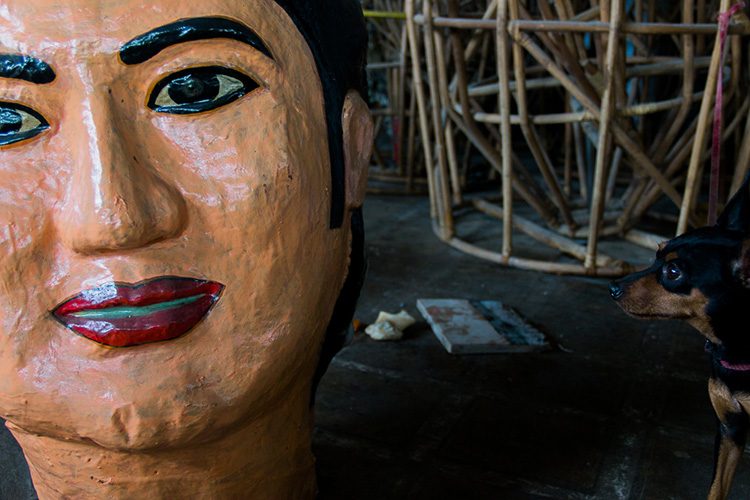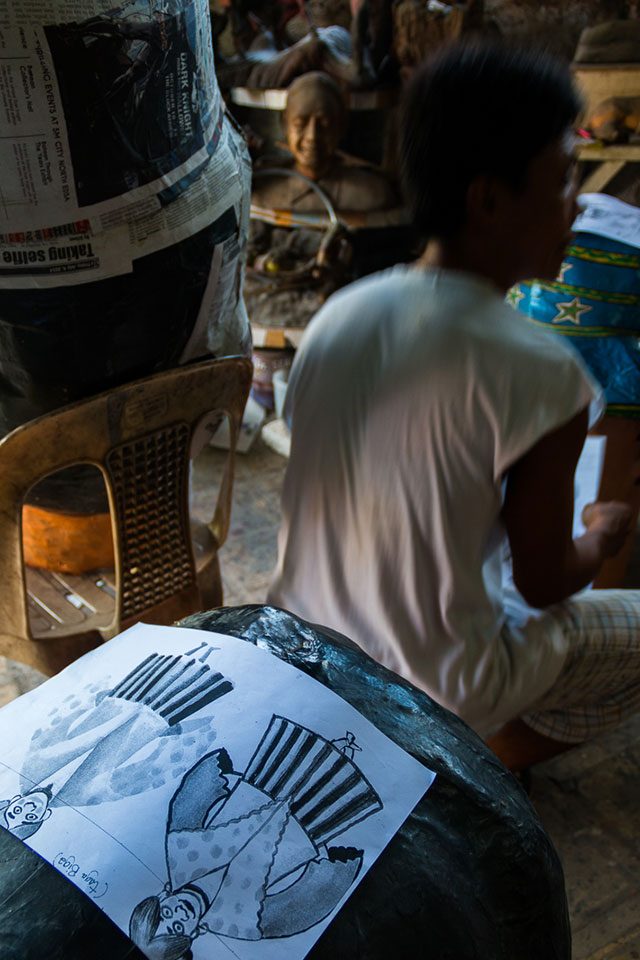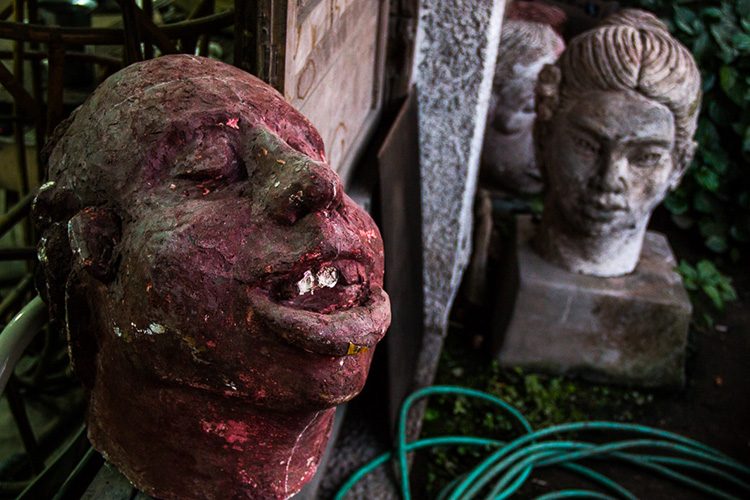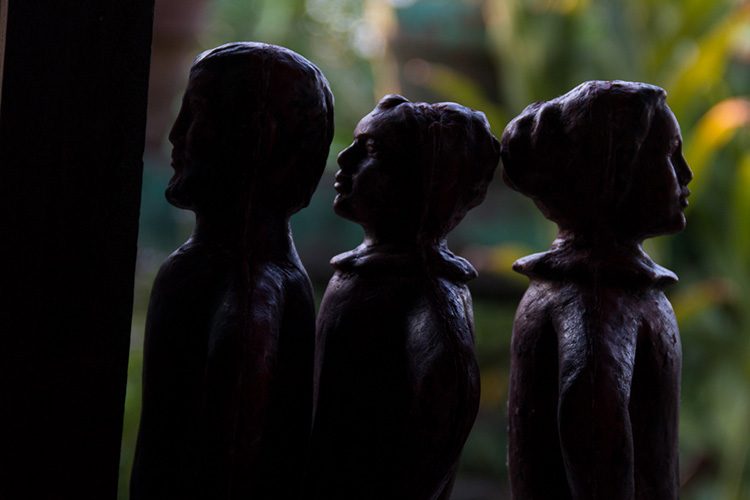SUMMARY
This is AI generated summarization, which may have errors. For context, always refer to the full article.

With their huge heads marked by a grimace or a smirk and their arms akimbo, Angono, Rizal’s higantes elicit either reactions of fear or delight from children and adults alike. An annual event that is part folklore, method of artistic expression, and creative recycling, Angono’s Higantes Festival has catapulted this town east of Manila as a wonderful tourist destination in the country.
Every year on November 22-23, local people parade about a hundred higantes, each uniquely designed to portray a character or to personify an idea. According to folklore, the tradition started when Angono natives created an effigy of Zacarias “Tangkad,” an abusive landlord who was known for his imposing height and ill-mannered personality.

From mocking a higante, Angono natives have since utilized paper mache giants during the annual town fiesta to create a festive mood or to express their political views. These sentiments are given form using only old newspaper, rattan poles, and some wheat paste.
Standing on the shoulders of giants
Known as the Arts Capital of the Philippines, Angono is home to National Artist for the Visual Arts Carlos “Botong” Francisco, who was one of the first homegrown artists to make his own versions of higantes.
Today, the tradition is kept alive by several local artists and art groups. Higante-maker Toti Argana has about a hundred of them, while the famous Blanco Family Museum displays their own higante collection alongside the large-scale paintings of Jose “Pitok” Blanco, his wife, and their 7 children, all of whom are artists.
Balaw Balaw Restaurant and Folk Art Museum, established by the late artist Perdigon Vocalan, has its own studio where lucky visitors may catch higante-maker Elmer delos Reyes working on some of the paper-mache heads a few weeks before the town fiesta.
Though not a native of Angono, Elmer, who comes from Paete, Laguna, learned the craft of higante-making from the artists he had worked with when he first arrived in the town in 2005. He initially did maintenance work in the restaurant until his curiosity about higantes grew into a passion.
“Nung magpipiyesta, may mga gumagawa ng higantes dito. Nagpaturo ako at mula noon, ako na ang gumagawa,” Elmer recalls. (Before the town fiesta, there were higante-makers here. I asked them to teach me and since then, I have been making higantes.)

In his work, Elmer combines creativity and recycling by giving old higantes a facelift instead of casting new paper mache, saving valuable time and resources in the process. He also uses the rattan poles he has used for years, which he considers are more durable than those made of thin aluminum.
Taking inspiration from the designs left by the late restaurant owner, Elmer revives characters rooted from Angono’s reach history, such as datus and Augustinian missionaries. This year, Elmer also crafts a higante of St. Clement, Angono’s patron saint of fishermen.

“Masaya ako kapag nakikita kong masaya rin ang mga tao kapag nanonood ng parada. Masaya rin kasi ’yung mga gawa mo napupuna ng mga tao. Natutuwa sila dahil parang kakaiba yung mga nakikita nila,” shares Elmer, as he busily glues newspaper strips to little higantes that will be distributed to school children.
(I’m pleased whenever I see others happily watching the parade. It’s fulfilling to know people notice your work. They are happy because they see something extraordinary.)
View more photos here:
Standing firmly on the shoulders of giants that came before them, Elmer and many of Angono’s new artists are more than just keepers of traditions. In their own hands, they mold and nurture the next generations of artists who would proudly leave their own mark on the streets of Angono, with arms akimbo and heads held up high. This is how giants are made. – Rappler.com
Dianne is a freelance writer. You may see more of her photo essays on rizalhenyo.com, the online community news portal of Rizal province
Add a comment
How does this make you feel?
There are no comments yet. Add your comment to start the conversation.